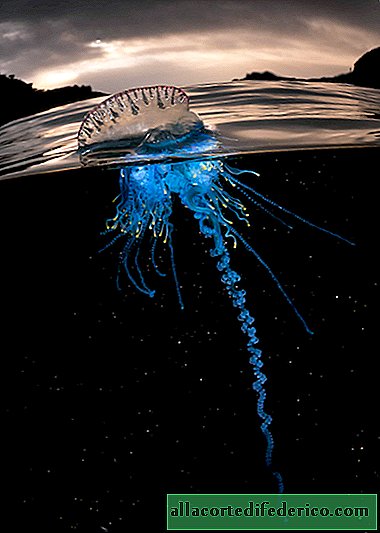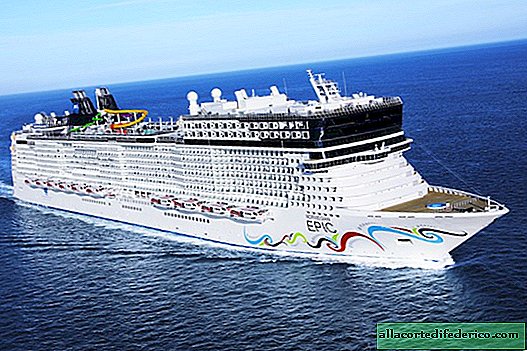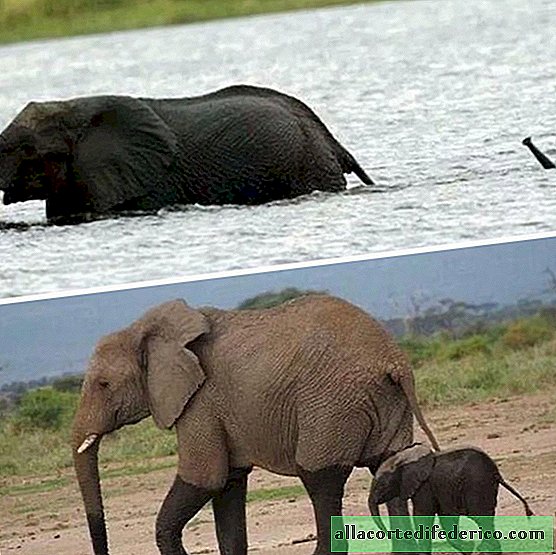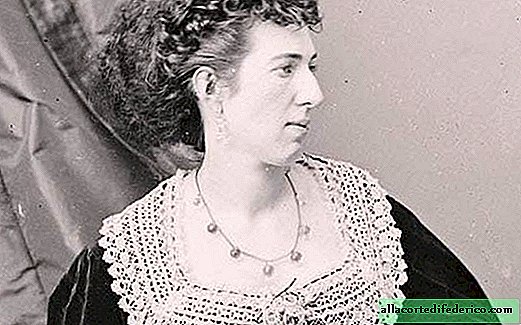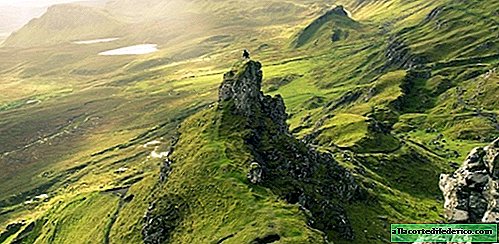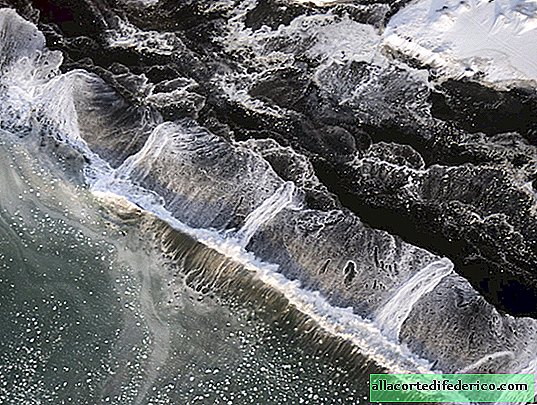Balloons as a means of dealing with the consequences of natural disasters
It turns out that the balloon, which was designed by mankind at the end of the XVIII century, today is experiencing a rebirth. Could the Montgolfier brothers suggest that their invention will fly through the centuries and bring people irreplaceable benefits. This is not about recreational tourism or aeronautics competitions, but about the uninterrupted communication that these old aircraft can establish.
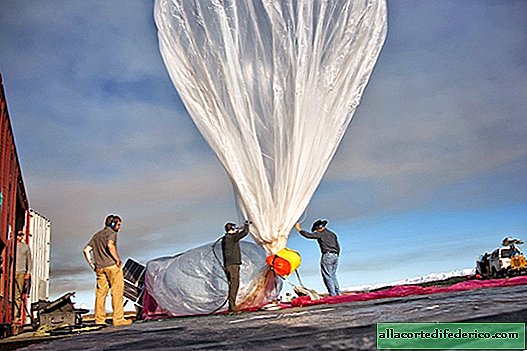
It turned out that the balloon is simply indispensable for quickly solving problems with communication and the Internet. Recent tropical hurricanes Irma and Maria have done a lot of trouble in the Caribbean. So, for example, almost throughout Puerto Rico there is still no connection. This makes it impossible to fully help people; measures to eliminate the consequences of the hurricane are very slow and face many problems. Google engineers have proposed placing several balloons in the stratosphere over the territory of Puerto Rico, which is actually under the control of the United States. These balls, unlike their counterparts flying by heating the air with the flame of a burner, have on their board a set of solar panels. Located above the level of the main cluster of clouds, at an altitude of more than 15 kilometers, the balloon receives solar energy for most of the day. The ball is also equipped with telecommunication equipment and a navigation system.
A system of several stratospheric balls is able to provide free Internet to everyone who has a gadget with a wireless module and, in fact, replaces a lot of ground stations that have failed. Although one base ground station is still needed. According to the organizers of the project, each balloon is able to provide uninterrupted communication with a plot of the earth’s surface with a diameter of 40 kilometers. In conditions of catastrophic destruction, stratospheric balloons turn out to be the only means capable of providing communication in the shortest possible time, which means full-fledged work to eliminate natural disasters.

A similar project has already been tested over the territory of Peru, which was subjected to severe flooding and landslides at the beginning of this year. Previously, a similar method of data transfer has successfully established itself in New Zealand, Indonesia and Brazil. This great idea has only one drawback: the need to negotiate. Local telecommunications networks are reluctant to let giants such as Google enter their territory. And in such cases, the delay in death is similar, in the literal sense of the word. One can only hope that prudence and humanism will at least to some extent prevail over mercantile interests.


